Small
Wonders
Nearly 20,000 ephemeral playa lakes dot the Panhandle’s landscape, yet few know these crucial bodies of water exist
By Christopher Collins Illustrations by Laurindo Feliciano
Photo by Doug Wechsler
American avocets take flight as the sun rises in the Texas Panhandle, cutting through storm clouds that have haunted the High Plains this July. The birds wheel through the sky above a 60-acre lake 4 miles east of Nazareth, making their characteristic reedy wheep-wheep-wheep calls before landing in the shallow water. This time of year, avocets take on a striking coloration, the feathers on their heads and necks changing from a drab gray to an eye-catching peach-rust. Standing on stilt-like legs, they use their long, curved bills to skim just under the water’s surface, looking for seeds, bugs, and crustaceans to eat. Soon, the avocets are joined by killdeer, mallards, and teal, and the sounds of quacking, flapping, and sloshing fill the air. For a moment, this washed-out stretch of Panhandle backcountry looks suspiciously like the sea.
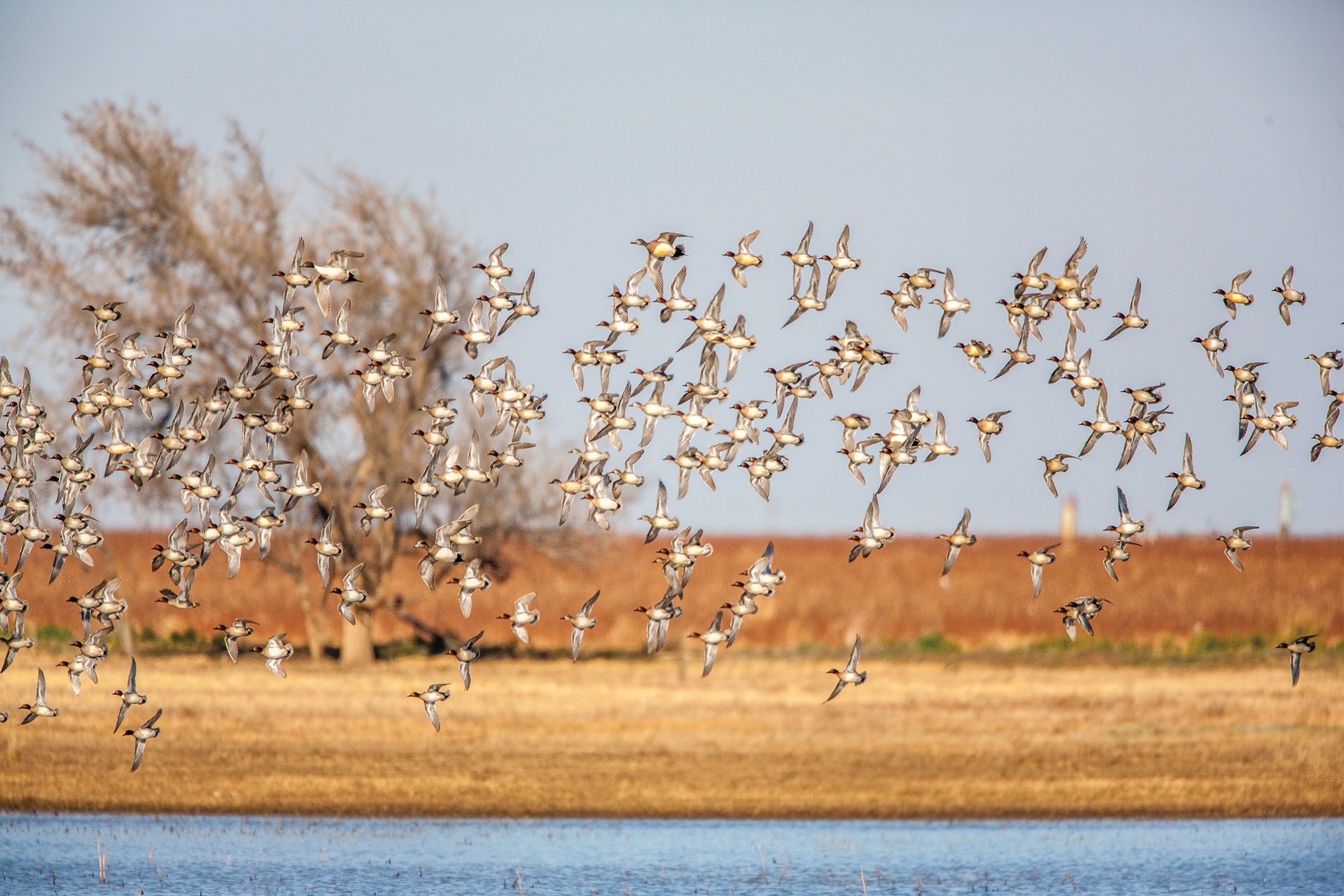
This avian feeding ground is what’s known as a playa lake—an ephemeral, clay-bottomed body of water that is prime habitat for a host of endemic and migratory creatures. Playas can be found across the Panhandle and as far south as the West Texas city of Odessa. Though the lakes appear in states throughout the Great Plains, Texas counts approximately 19,300 of them, the most in North America. They’re unique in that they don’t stay full; when precipitation is low, they dry up until the next good rain. Playas are the “keystone ecosystem” of the Panhandle, says Jim Steiert, a naturalist who has studied the lakes for decades and authored Playas: Jewels of the Plains. Playas make up only 2% of the region’s landmass but support 98% of its flora and fauna, making them a crucial source of food, shelter, and nesting grounds for virtually all living things here.
Playas are also essential in replenishing the Ogallala Aquifer, the area’s primary water source. The deep cracks that form in playas’ beds during drought conditions channel water underground when precipitation finally comes. After enough rain has fallen, the cracks swell and close, and voila—a lake is born.
Despite their outsize role in the High Plains ecosystem, playas are at risk of becoming endangered themselves. A warming climate means less precipitation for the lakes, interrupting the crucial wet-dry cycles that typify them. Many have been damaged by developers and farmers who see them as impediments to building residential subdivisions or growing crops. But there are folks who see the importance of protecting playa lakes, and lately, their ranks are growing.
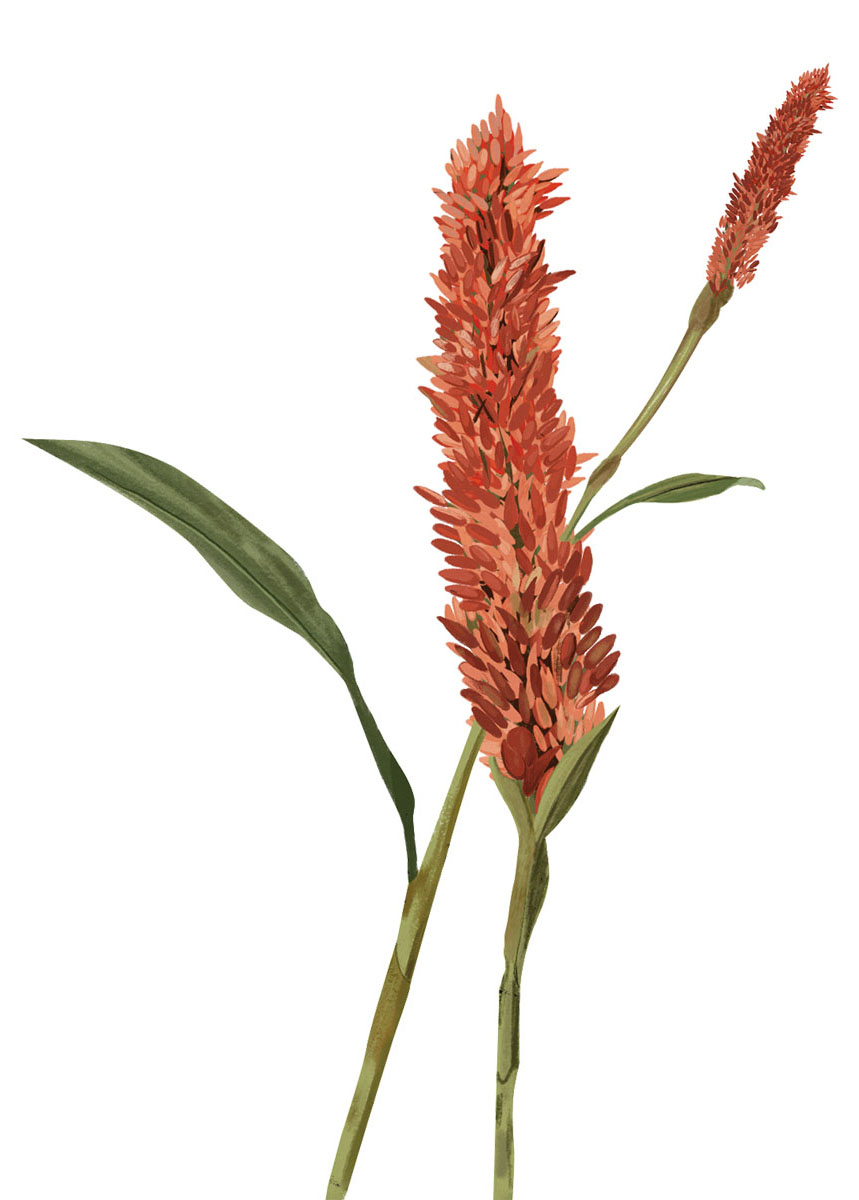
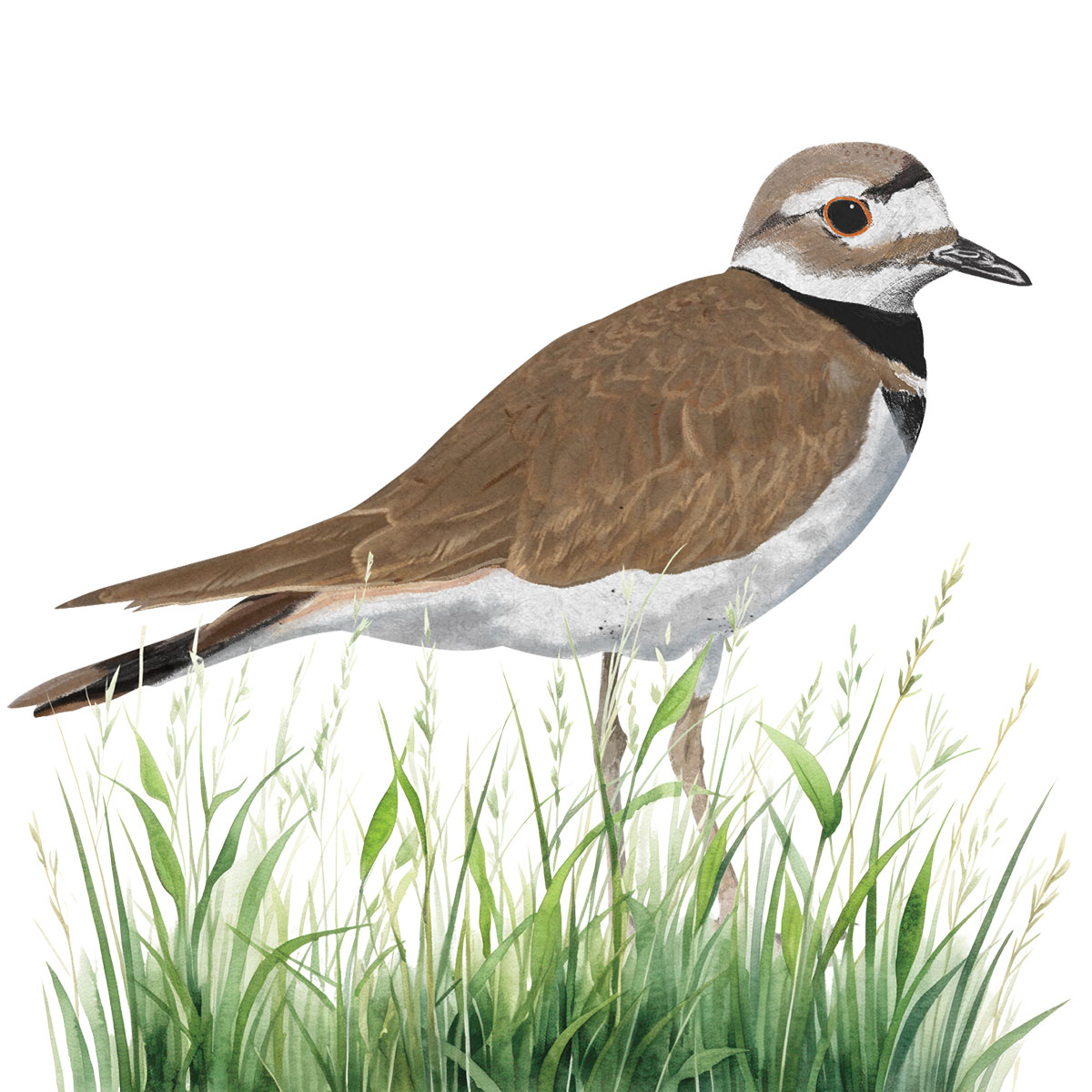
Just outside of Nazareth, Steiert squelches through the mud, sneaking closer to the playa to get a better look at the birds. Leading a group of about 20 people on a tour of the area’s playa lakes, he regales us with trivia about avocets. “If we were near a nest, they’d be dive bombing us,” he says while standing on the rutted dirt road that bisects the lake. Today the water is so high that most of the road is submerged, leaving a mere ribbon of mud between the lake’s two halves.
Steiert threads his way along the path and picks up the ivory-colored shell of an orb snail, a mollusk about the size of a dime that populates playa lakes by the millions. This is what the waterfowl have come to eat, along with the tadpole shrimp that have just hatched from eggs laid years earlier in the muddy lakebed. “All you have to do is add water, and, bing! There they go!” Steiert says. “It’s just one of the wonderful macroinvertebrates in playas. For us, that is a Llano lobster.” Frogs and toads also plan their life cycles around playas’ alternating wet and dry periods; upturning a cow patty at the lake’s edge reveals a crop of chorus frogs with their tails still attached. They hop back to the safety of the water. We come across a nest of four avocet eggs, olive in color, each about the size of a chicken egg with inkblot speckles. Some of us look to the skies with apprehension.
The critters of playa lakes are certainly eye-catching, but it’s the plants inhabiting these wetlands that are the real building blocks of the region’s ecosystem. Seeds from as many as 350 plant species lie in wait until abundant rainfall sets them to sprouting, creating a full-service wetland for creatures of all shapes and sizes. On full display today is smartweed, an annual herb with spikes of showy pink flowers. “When it goes to seed, the ducks love to just swim up and eat it,” Steiert says. Another playa mainstay is duck potato, which sports a skinny green stem and a white flower. The tubers that grow in the lakebed mud are a favorite snack of beavers and porcupines.
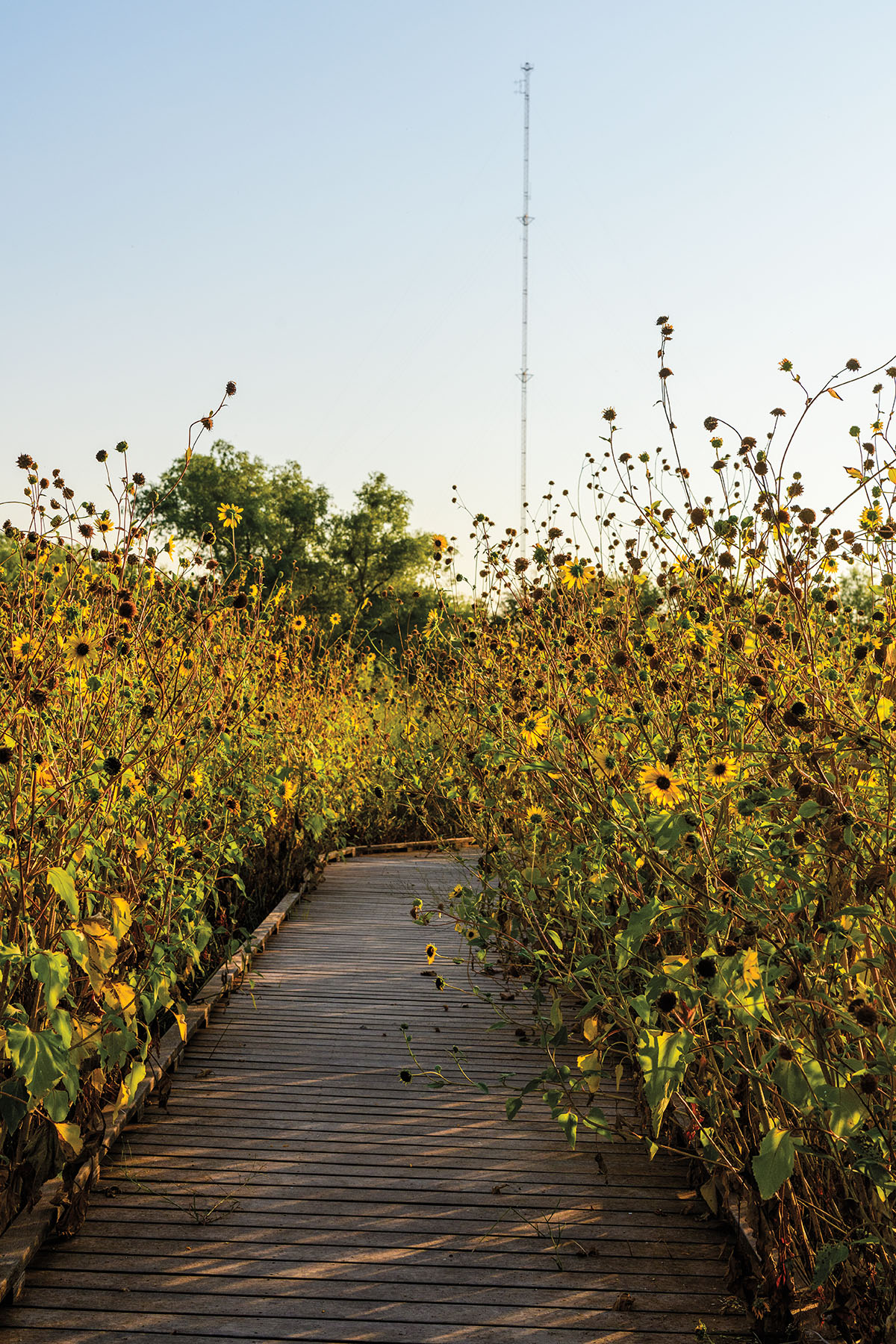
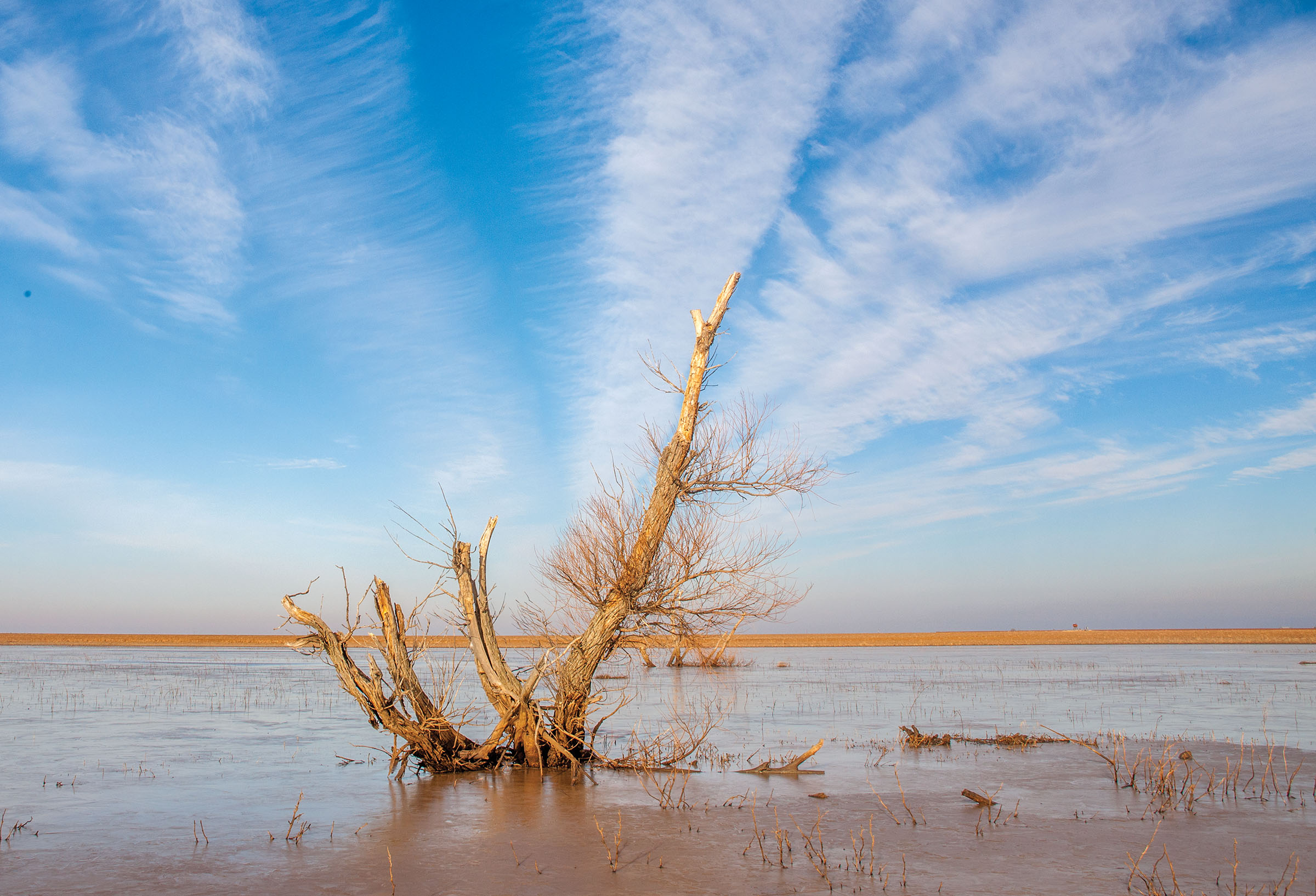
Playas are increasingly threatened by urban development and row-crop farming in their basins, says Darryl Birkenfeld, the deputy director of the nonprofit Ogallala Commons and the organizer of the July playa tour. “Everything ties to them. Everything is dependent on them,” Birkenfeld says. “The sad thing is, about two-thirds of them are low-functioning or not functioning at all.”
Birkenfeld says playas’ critical role in recharging the Ogallala has been hamstrung by overpumping of the aquifer, which is under increasing strain across its range. “People used to say it doesn’t matter. ‘We’ll always have water for our homes and for our livestock.’ Not true,” he says. “Landowners are getting a lot more interested now that the water table is depleting. We’re gonna have to live off the aquifer, even in its declining state.” In some places along the aquifer’s route—including in Texas—wells pulling from the Ogallala have already begun to pump dry.
To make matters worse, native vegetation around the banks of some Panhandle playas has been chewed down to nothing by cattle, Birkenfeld says. “Agriculture is the bread and butter around here, but not having any grass buffer around a playa is ultimately a death sentence,” he adds. Some of the lakes have been filled in altogether by soil eroded from overgrazed farm fields, while others have been dredged to be made deeper and more useful to cattle, a practice that hinders the lakes’ ability to fill and drain. “We have got to take care of our playas,” Steiert says. “Playas are the first domino in the environment. If we lose playas, the other dominos fall.”
A key component in conserving playas is raising public awareness of their plight, Birkenfeld says. But he and other advocates have their work cut out for them—few Texans know that playa lakes exist, and even fewer grasp the crucial ecological role they play. “I tell kids, adults, whoever will listen: We don’t have rivers, we don’t have mountains. But on the Southern High Plains, we have the most playas in the world,” Birkenfeld says.
Some farmers have embraced new techniques that reduce negative impacts on playa lakes, such as keeping them in native grasses instead of plowing them to plant cotton and corn. And efforts to revitalize and protect them are underway by national conservation groups, including Ducks Unlimited, Playa Lakes Joint Venture, and the Texas Parks and Wildlife Department, which has been awarded $1.5 million in federal grant funding to obtain conservation easements around playas. Another effort, called the Playa Lake Conservation Initiative, has restored more than 1,000 acres of damaged playas to their former beauty. More progress can be made, advocates say, once more people have an opportunity to see the natural beauty the lakes offer firsthand. That’s easier said than done, though. Many playas are on private land, and while some can be seen from the roadside, there’s still the problem of finding them in the first place. Even then, there’s no guarantee they’ll be wet enough to draw waterfowl.
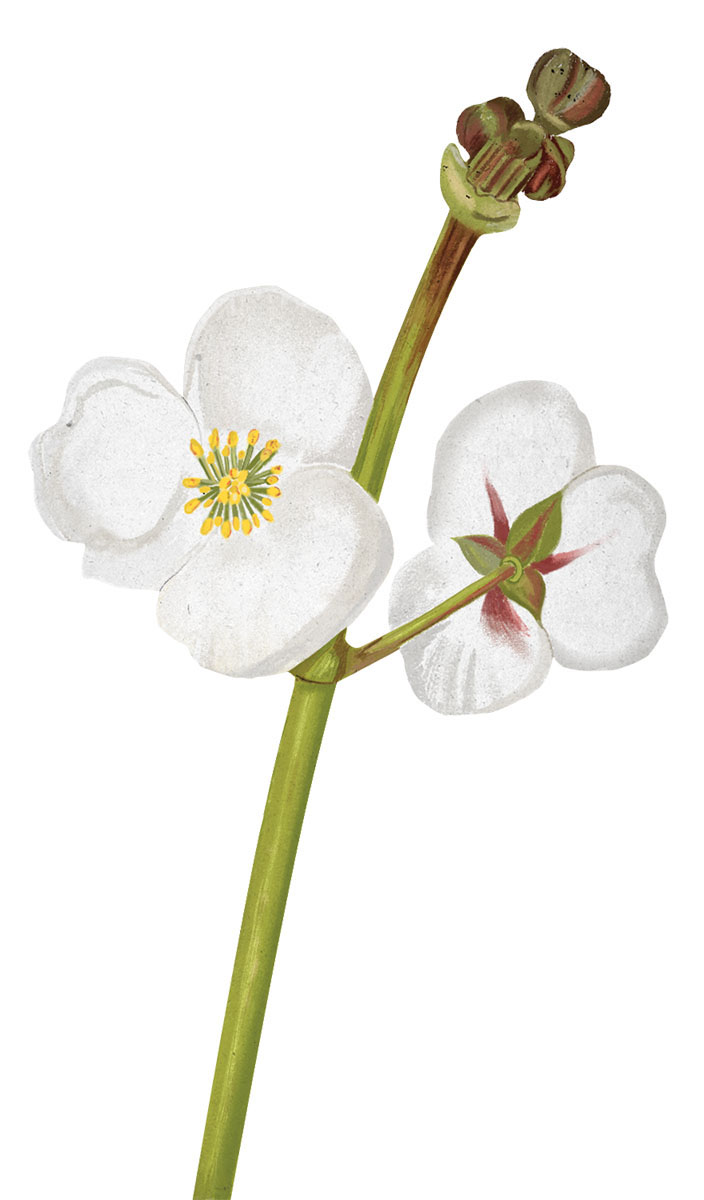
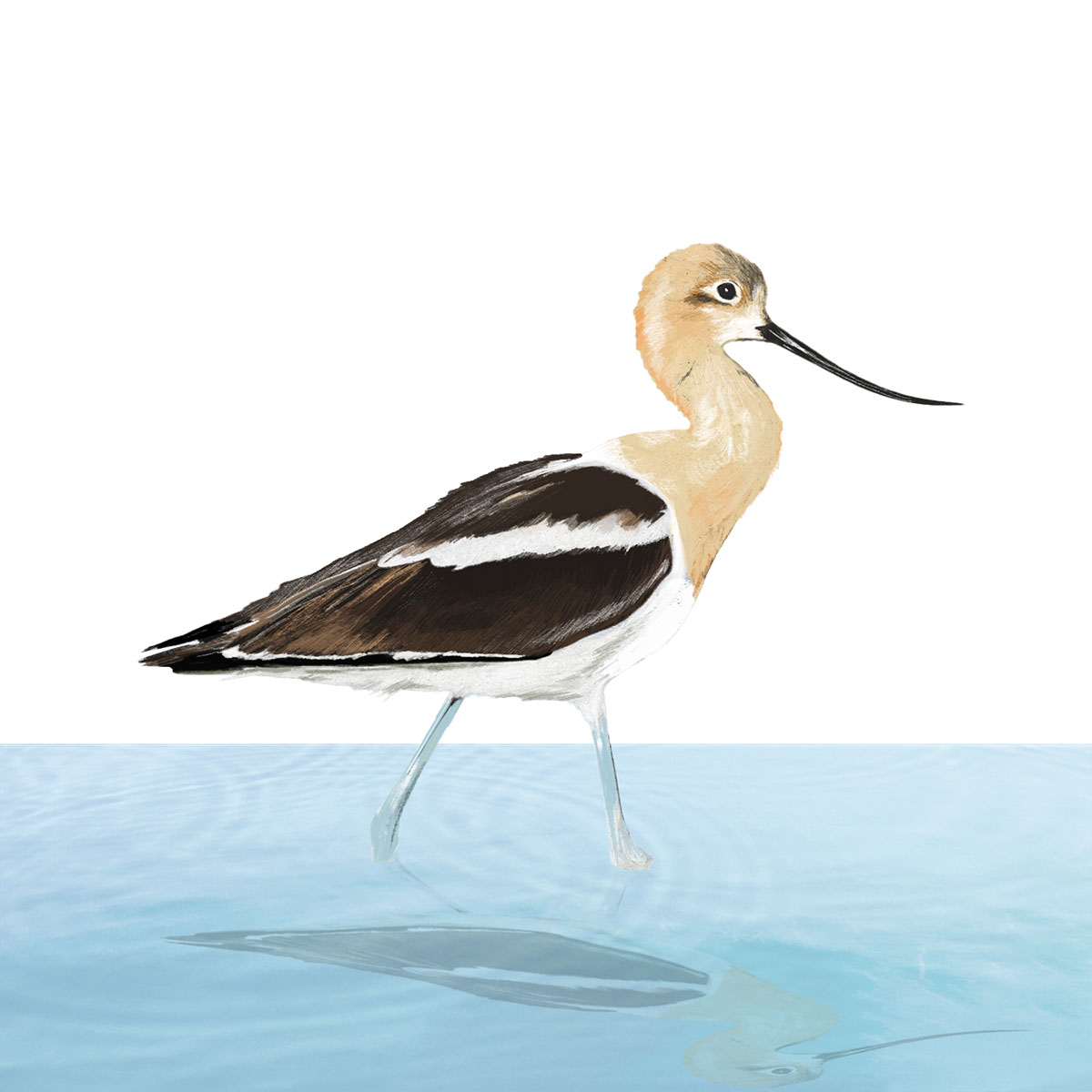
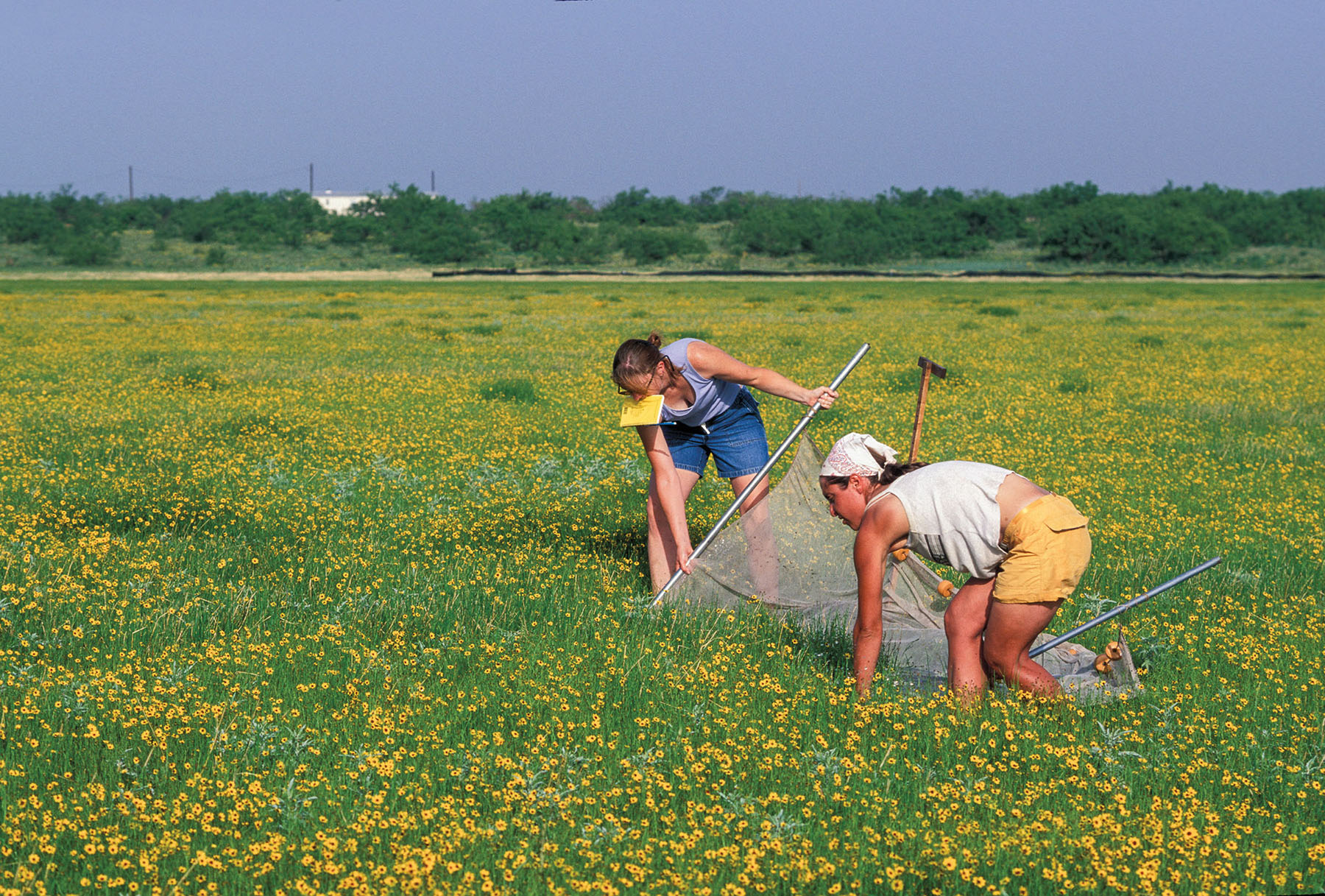
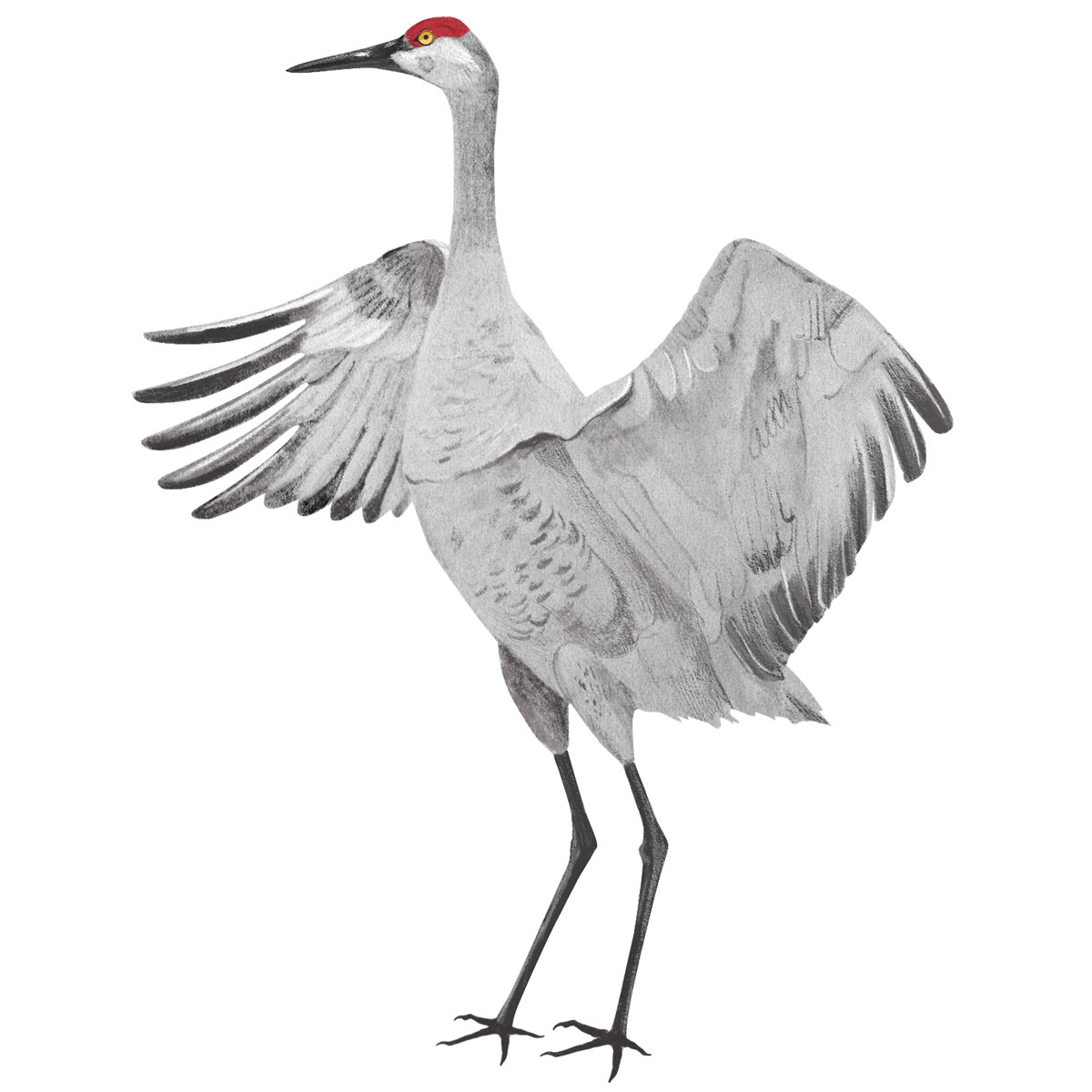
In Midland, the staff of the I-20 Wildlife Preserve is doing its part to solve playas’ visibility problem. The preserve straddles an 86-acre playa lake on the city’s southwest side, one of the state’s only urban playas. It is situated between two major highways, which is good for access but less so for setting a peaceful mood. Once you step inside the preserve, however, a thick canopy of black willow, cottonwood, and Siberian elm mutes the outside world. The preserve—a mixture of wetland, thicket, and prairie habitats—bills itself as a “wild space,” not to be confused with a park. Since opening in 2007, the preserve has resonated with visitors, who reliably come to watch birds, shoot family photos, or stroll in the shade.
The preserve’s main attribute is its 2-mile walking trail, which incorporates a boardwalk that skirts the playa’s perimeter. Seven bird blinds, including a “hawk tower” that stands at 24 feet tall, line the trail. The tower is a favorite feature of Elaine Magruder, the president of the preserve’s board of directors. “It’s an amazing thing to see the raptors up there,” she says. “You can really get out there above everything else and see it all.” An insectarium and pollinator garden filled to the brim with native flowers can also be found along the path. Walking the trail is the best way to see the 900 species of plants and animals that inhabit the preserve. Flocks of up to 700 ducks have been known to descend on this place during winter in search of smartweed. Last year, the preserve drew a flock of birders and naturalists when seven long-eared owls—a reclusive species that’s hard to spot—decided to overwinter here.
Magruder says the preserve is a great place to educate the public about playas—a space where people can get up close and personal with the dizzying array of life forms they foster. The preserve teaches curricula for kids ages 18 months to 18 years, where they learn about a playa’s ecology, flora and fauna, and threats. “Sometimes when kids first come out here, they’re afraid. Like, ‘Oh, am I gonna see a snake? Am I gonna see a spider?’” Magruder says. “But it’s so cool because by the time they leave, they’ve definitely seen something. Last time we had sixth graders here, one of them saw a king snake going up a tree. It was very exciting.”
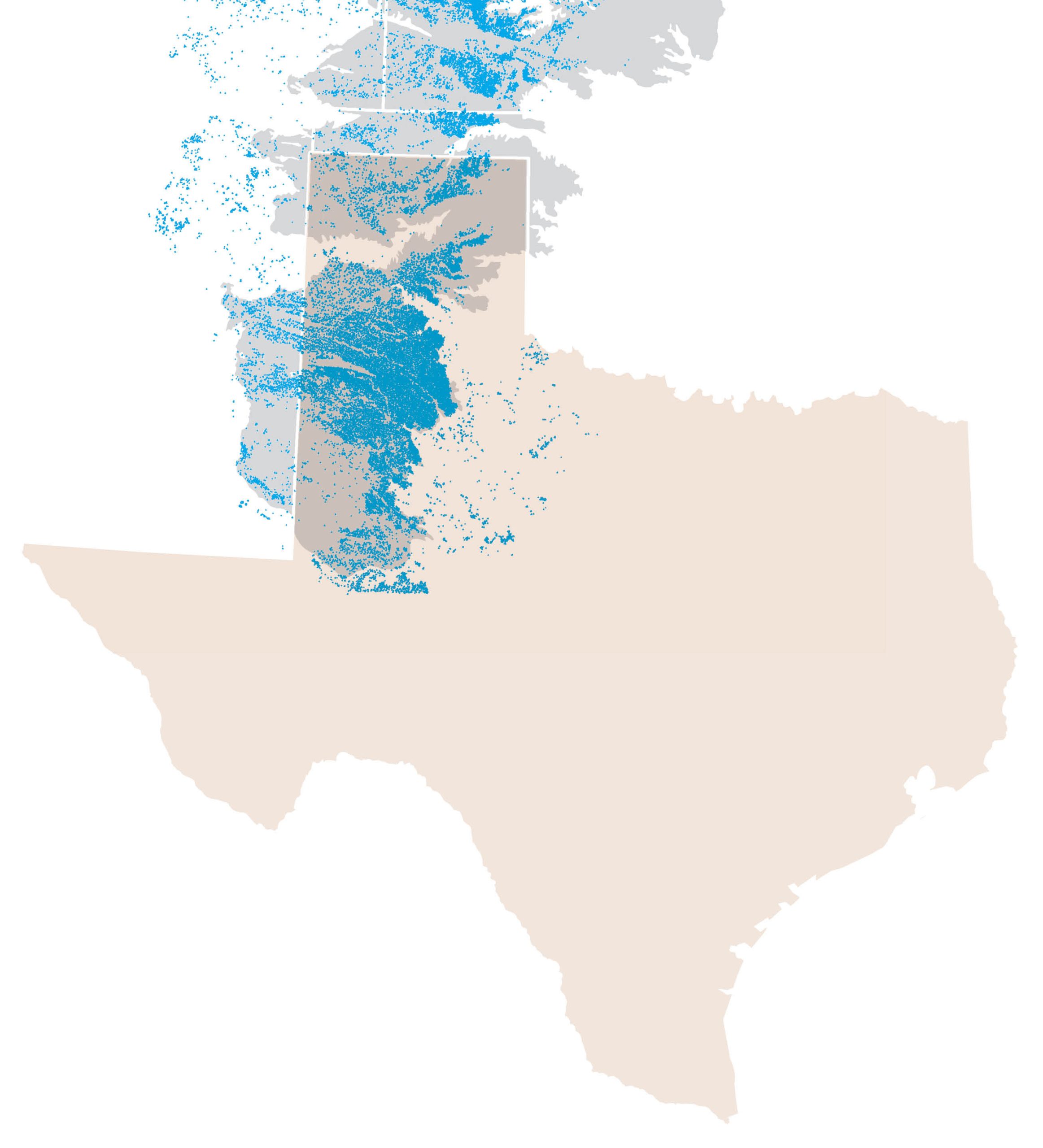
David Bateman’s interest in playa lakes began as a matter of practicality. An avid hunter, Bateman recounts fond memories of hunting waterfowl, quail, and pheasant around these lakes when he was in college at Texas Tech. “It was such a mystery to me, how places that were so lush and full of water this year might totally dry up next year,” he says.
In 2016, Bateman purchased 160 acres of heavily farmed playa basin about 30 minutes north of Lubbock. The land was depleted from years of intensive agricultural use. But once he set aside a portion of the property for conservation, the once-sterile land came alive. “Almost overnight, the wildlife that we would have come in was just crazy,” he says. “Millions of sandhill cranes, ducks, geese, all kinds of shorebirds.”
In the past few years, Bateman has acquired more playa lake properties, all in the rural areas surrounding Lubbock. He farms them some, he says, but generally they’re allowed to return to their natural state. As we follow the craggy road to the lake in late June, a pride of black-tailed prairie dogs scurries out of the truck’s path, a few peeking out from their holes and barking warning calls. Playa lake watersheds have been prairie dogs’ natural habitats for over a million years, and they’ve managed to build a sizable town here. A burrowing owl, who fancies using prairie dog holes as nests, idles in a tree not far away.
Bateman has branded his new playa properties under the name Playa Lake Farm & Ranch. The playas aren’t currently open to the public, but an invitation-only club has been in operation for a few years. He recently hired a young man to serve as a hunting guide. Bateman offers the use of his land for recreational, educational, and research opportunities. “It’s definitely not a get-rich-quick strategy, but it’s something to be proud of. And you get some really, really good land,” he says.
As for Steiert, he’s hopeful for the lakes’ future. “Playas are finally getting some respect,” he says, noting recent conservation efforts and an apparent rise in public sentiment toward playas. In Nazareth, as in the Panhandle writ large, they don’t have rivers and they don’t have mountains. What they do have are playas—the gifts that keep on giving. We just have to accept them with grace. “If we manage it right,” Steiert says, “the future’s pretty bright.”
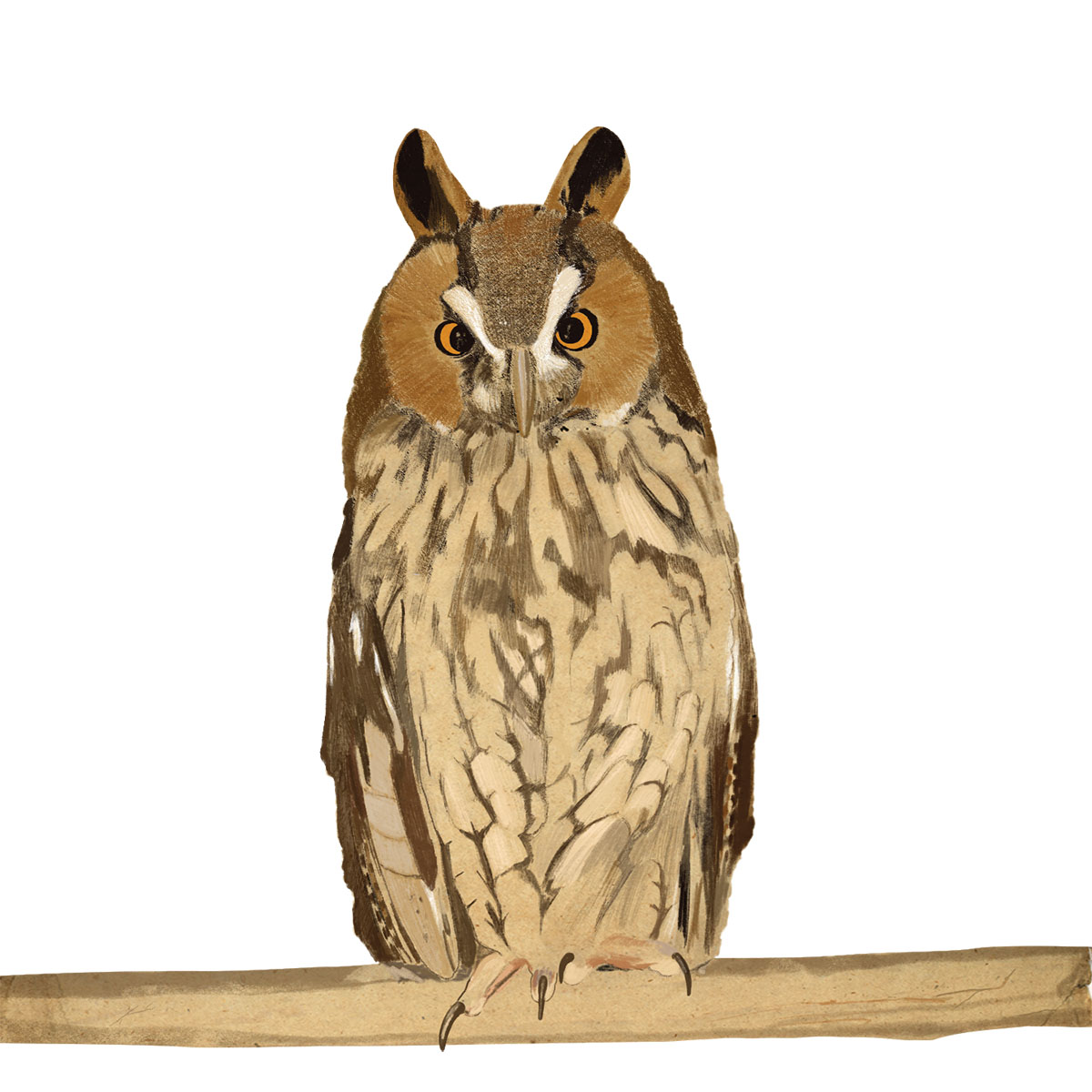
Lake Tour
How to find and explore the Panhandle’s playa lakes
I-20 Wildlife Preserve, Midland
The most central location for playa lake activities is at the I-20 Wildlife Preserve in Midland. Check out the preserve’s calendar of events for education, wellness, science, and volunteer opportunities. i20wp.org
Ogallala Commons, Nazareth
The education and leadership nonprofit’s final Playa Field Day of the year is Nov. 14 in Canyon, from 9:30 a.m.-2 p.m. The event focuses on fall waterfowl migration on playas.
ogallalacommons.org
Self-guided tour
A layman’s best resource is the Playa Map, which details the location of each playa in the High Plains. With this in hand, you can tour areas with the highest concentration of playas and see what you find. Taking into account local rainfall trends in the months leading up to your trip, your best bet is Floyd County, which has 1,700 playas—the most of any Texas county.
playalakes.maps.arcgis.com
Pro Tips
Go early in the morning, at sunrise if possible, if you’re looking to find shorebirds. Bring binoculars. Some of the best playa lake viewing is right off rural roads. Just don’t cross fence lines onto private property. Wear rubber boots if you plan to slosh around.








